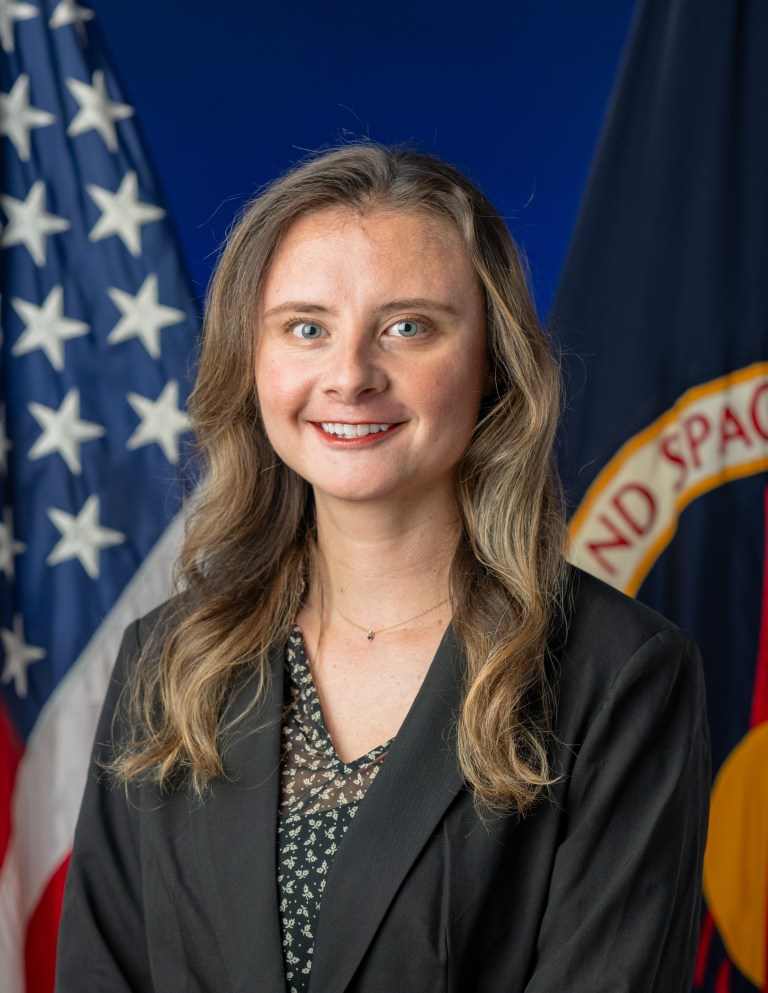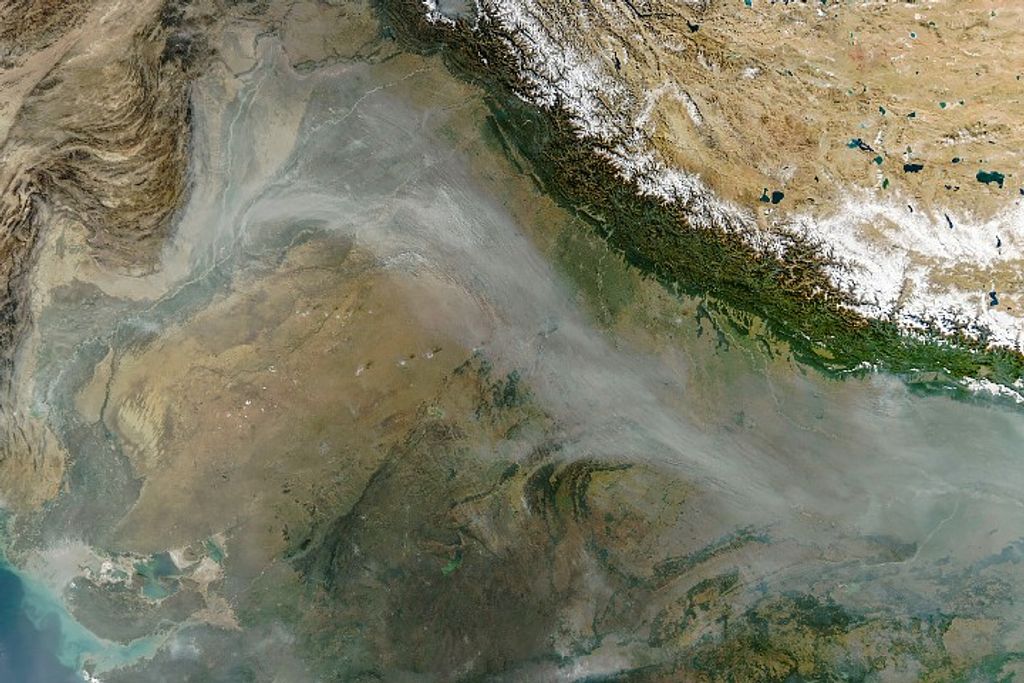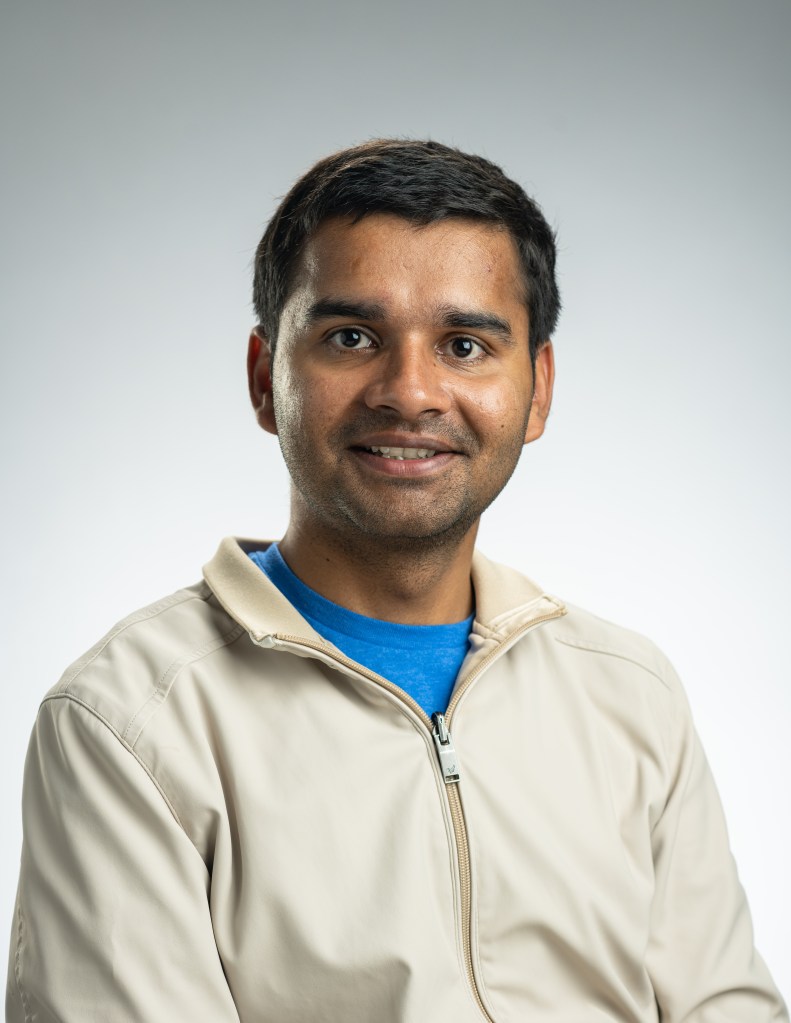
Devan Nisson
NASA Postdoctoral Program Fellow
Affiliation: NASA Postdoctoral Program, Astrobiology / Oak Ridge Associates Universities (ORAU)
Division: Space Science and Astrobiology Division (ST)
Branch: Planetary Systems Branch (STT)
Email: devan.m.nisson@nasa.gov
Phone: (714)-287-6755
Personal Website: www.devannisson.com
Professional Biography
Dr. Devan Nisson is an Astrobiology NASA Postdoctoral Program fellow at NASA Ames Research Center. Her research projects are highly interdisciplinary in nature, spanning the fields of ecology, evolution, microbiology, geology and geochemistry. In her work, Dr. Nisson strives to combine computational modeling, bioinformatics, laboratory based experimental approaches, and analog site field work to answer fundamental questions about life’s distribution on Earth and across our universe. She previously completed her PhD in Geosciences studying microbial life in a long isolated and radioactive subsurface brine, where low biomass bacterial populations were fed by the oxidative inorganic and organic products of water radiolysis. Her current research focuses on quantifying the heterogeneity within microbial populations to understand cellular behavior in extreme environments near the limits of life. This involves the use of synthetic fluorescent constructs to visualize the timing of cell maintenance and growth under stress exposure, and application of these lab-based measurements to improve microbial habitability models, ultimately extending our predictions of life’s distribution beyond Earth.
Education
Ph.D. Geosciences, Princeton University, 2023
B.S. Ecology and Evolutionary Biology, University of California, Irvine, 2018
Select Publications
Nisson, D. M., T. L. Kieft, J. Castillo, S. M. Perl, T. C. Onstott (2024) Radiolytic support for oxidative metabolism in an ancient subsurface brine system. ISME Communications, ycae138. https://doi.org/10.1093/ismeco/ycae138.
Nisson, D. M., C. C. Walters, M. L. Chacón-Patiño, C. R. Weisbrod, T. L. Kieft, B. Sherwood Lollar, O. Warr, J. Castillo, S. M. Perl, E. D. Cason and B. M. Freifeld (2023) Radiolytically reworked Archean organic matter in a habitable deep ancient high-temperature brine. Nature Communications, 14 (1): 6163. https://doi.org/10.1038/s41467-023-41900-8.
Nisson, D. M., T. L. Kieft, H. Drake, O. Warr, B. Sherwood Lollar, H. Ogasawara, S. M. Perl, , B. M. Friefeld, J. Castillo, M. J. Whitehouse, E. Kooijman and T. C. Onstott (2023). Hydrogeochemical and isotopic signatures elucidate deep subsurface hypersaline brine formation through radiolysis driven water-rock interaction. Geochimica et Cosmochimica Acta, 340:65-84. https://doi.org/10.1016/j.gca.2022.11.015.
Warr O., C. J. Ballentine, T. C. Onstott, D. M. Nisson, T. L. Kieft, D. J. Hillegonds and Sherwood Lollar, B. (2022) 86Kr excess and other noble gases identify a billion-year-old radiogenically-enriched groundwater system. Nature communications, 13(1): 3768. https://doi.org/10.1038/s41467-022-31412-2.
Warr O., T. Giunta, T. C. Onstott, T. L. Kieft, R. L. Harris, D. M. Nisson and B. Sherwood Lollar (2021) The role of low-temperature 18O exchange in the isotopic evolution of deep subsurface fluids. Chemical Geology, 561: 120027. https://doi.org/10.1016/j.chemgeo.2020.120027.
Nisson D. M. and S. D. Allison (2020) Litter microbial respiration and enzymatic resistance to drought stress. Elementa Science of the Anthropocene, 8: 45. https://doi.org/10.1525/elementa.442.
























